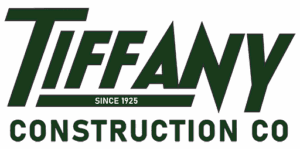General Contracting
A sequential design-bid-build process, typically delivered under a lump-sum or cost-reimbursable contract, is the traditional method of project delivery, especially for the public sector, where work is awarded to a construction company according to a competitive bidding system. The client retains an architect or engineer to design the project and to prepare the necessary drawings and specifications. After the architect/engineer completes the drawings and issues them for pricing, the client selects the general contractor through a sole source or a competitive bid process.
Benefits to Clients
This method appeals to clients who have the resources and construction experience necessary to independently contract with the architect or engineer and general contractor. While it requires a longer schedule, you maintain greater project control, and may benefit from the reduced risk that is inherent in other project delivery methods.
As the general contractor, TCC provides a confirmed price–after design is complete and before construction begins. TCC executes the project and generally assumes the risk of cost overruns based on clearly defined budget and scope parameters. Changes in scope parameters typically are handled by change orders.


